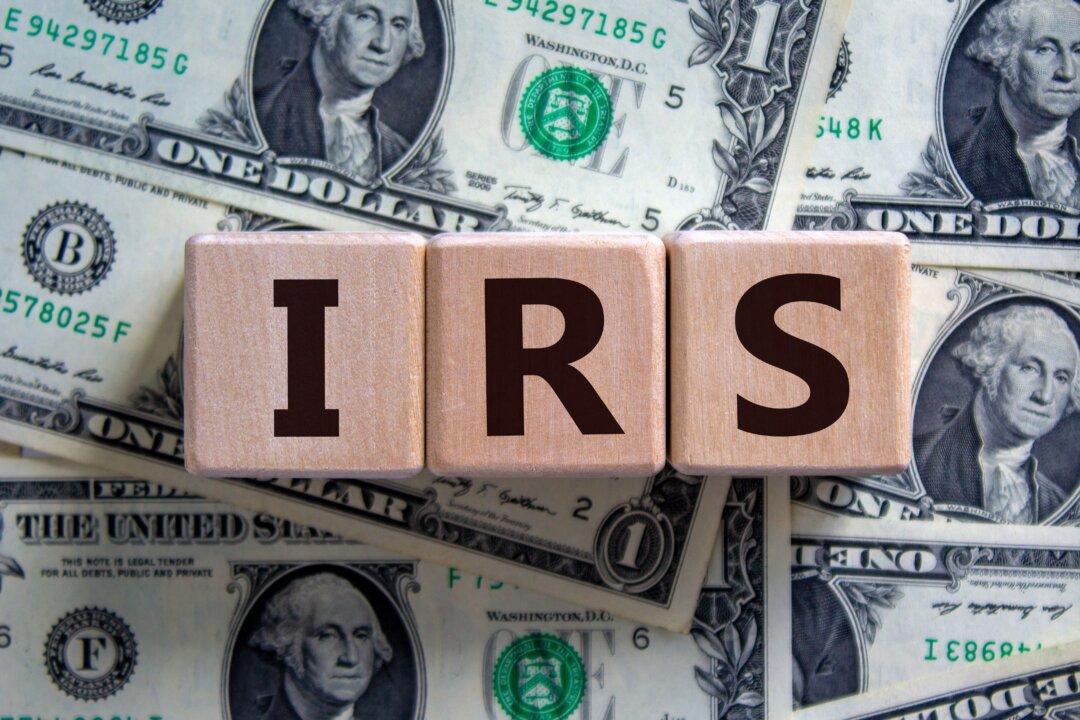Demand for trucking services has declined notably in the early months of 2022, foreshadowing the likelihood of economic tribulations as the economy roils from inflation, supply chain issues, and interest rate hikes.
By April 17, trucking on-demand rates had fallen to $2.19 per mile, down from $2.27 on the same day in 2021, and significantly down from a peak of $2.90 per mile on Jan. 2, 2022, according to data from DAT Freight & Analytics.





